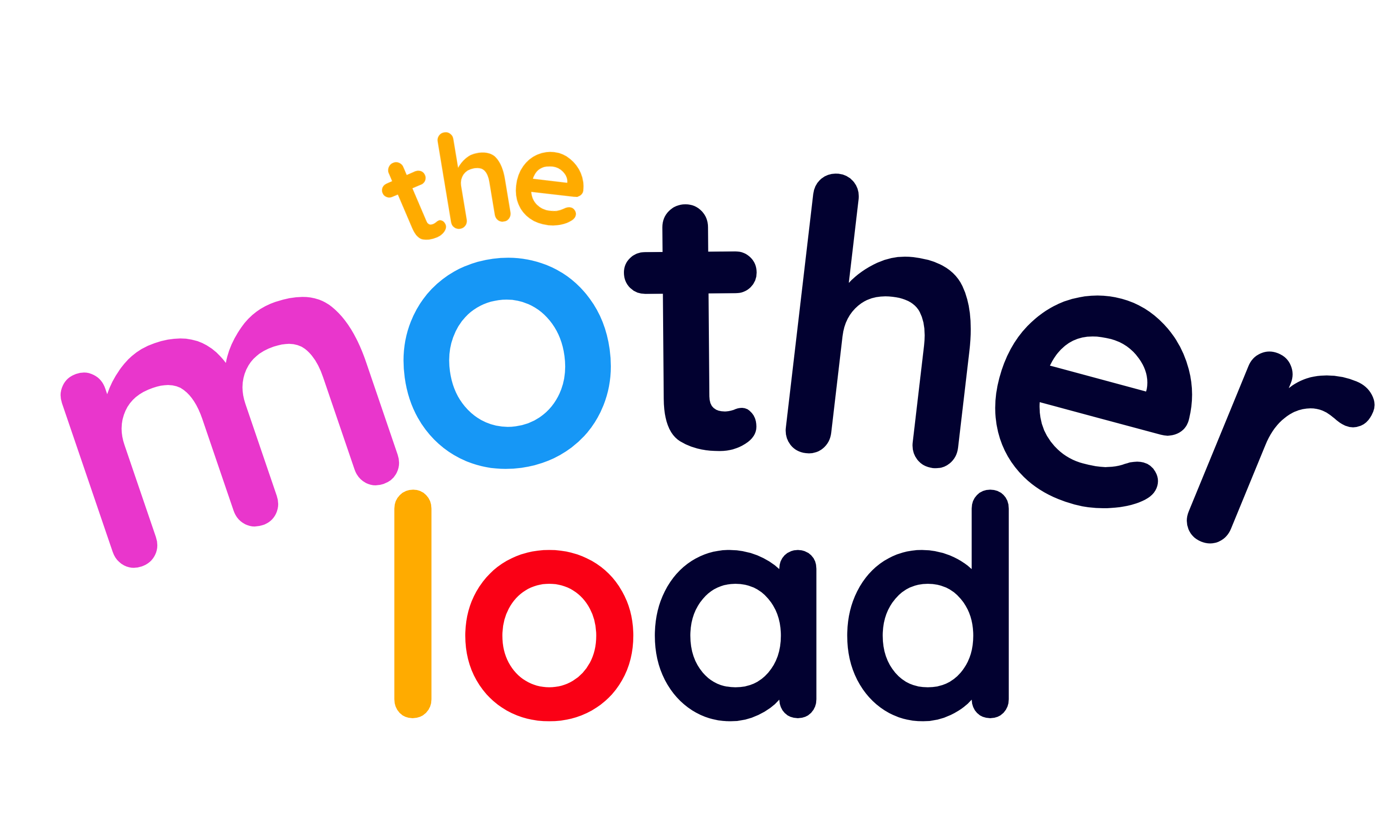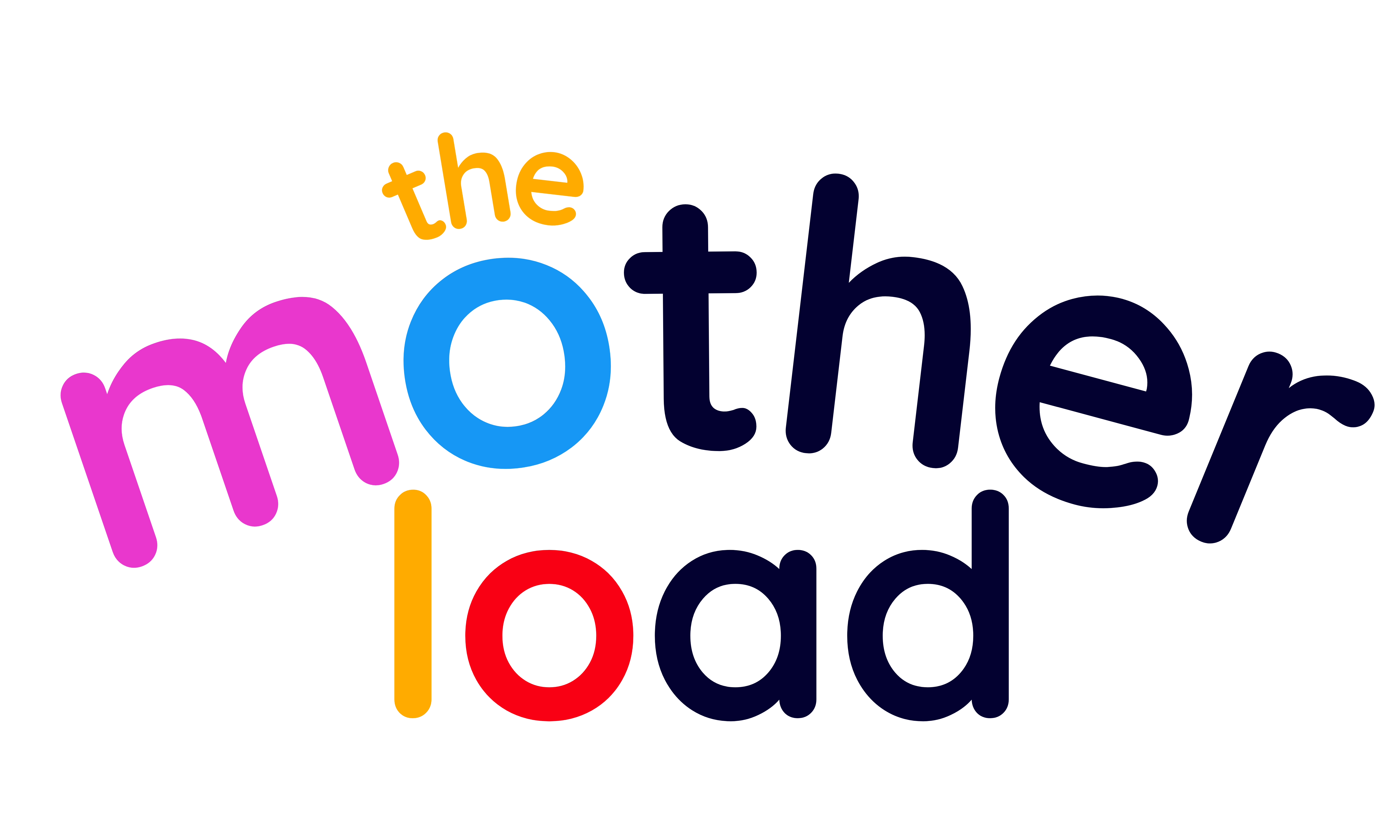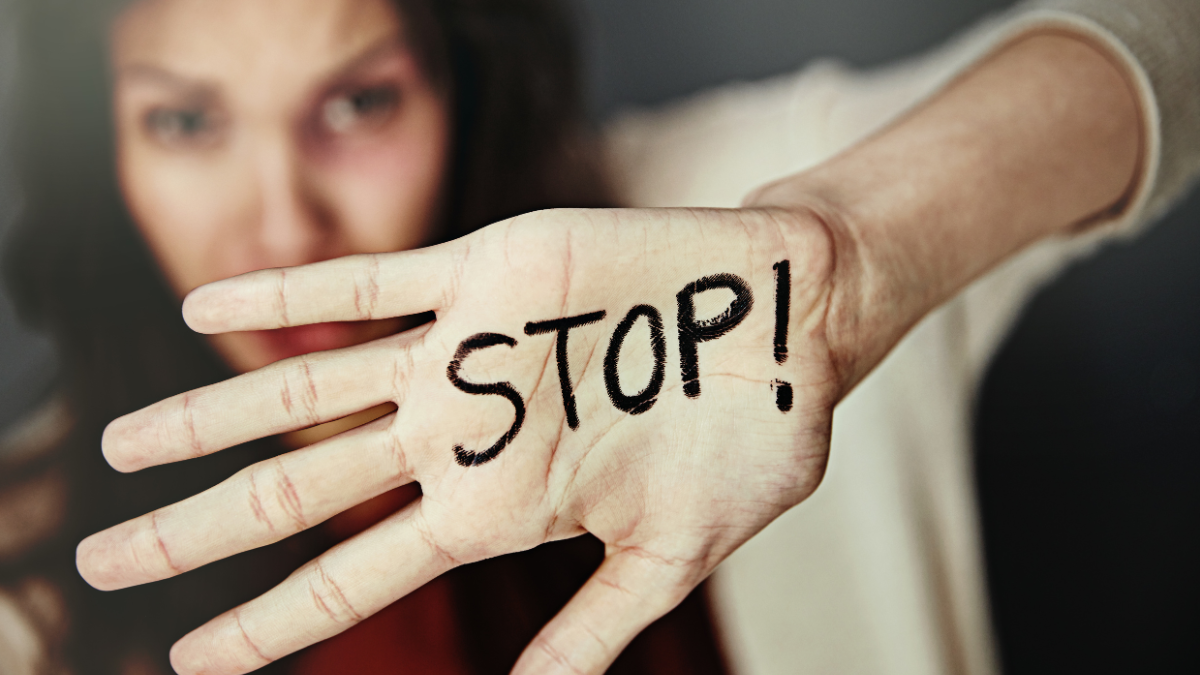Domestic abuse, also called domestic violence, is any kind of controlling, threatening, coercive or violent behaviour between partners or family members. It can take many forms, including physical, emotional, sexual, financial and psychological abuse. Both men and women can be victims or perpetrators.
Some common signs of domestic abuse in a relationship include:
- One partner tries to control or isolate the other from friends and family
- Making threats, insulting, always criticising or putting the other partner down
- Extreme jealousy, constantly accusing partner of cheating
- Monitoring partner’s activities, demanding to know where they are and who they’re with
- Preventing partner from working, controlling all the finances
- Actual or threatened physical violence
Recognising You Are Being Abused
It can be difficult to recognise domestic abuse, especially if it starts gradually and gets worse over time. Here are some signs you may be in an abusive relationship:
- You feel afraid, intimidated, degraded or humiliated by your partner’s behaviour
- Your partner has hurt you physically in any way, even if they said it was an accident
- You change your behaviour to avoid upsetting or angering your partner
- You constantly make excuses for your partner’s behaviour
- Your partner isolates you from friends and family
- They control all the household finances and important decisions
- You feel like you’re “walking on eggshells” and nervous about setting them off
Listen to your instincts – if something feels wrong in the relationship and you’re unhappy or afraid, you may be experiencing abuse.
The Cycle of Abuse
Domestic violence often follows a predictable cycle with three phases:
- Tension Building – Minor incidents lead to increased tension. The abuser starts to get agitated and critical of the victim. The victim feels the need to pacify the abuser.
- Acute Violence – Tensions escalate into an abusive episode of physical, emotional and/or sexual violence. Abuser attempts to dominate and control.
- Reconciliation – Abuser apologises, gives excuses, or blames the victim. Promises it will never happen again. The victim wants to believe the abuse is over.
The cycle then repeats, with the violence typically becoming more frequent and severe over time. Recognising this pattern can help victims understand what’s happening and plan their escape.
Seeking Help from Support Organisations
If you are experiencing domestic violence, know that help is available. Talk to someone you trust and contact support organisations for confidential advice tailored to your situation.
Important resources include:
- Refuge National Domestic Abuse Helpline – 0808 2000 247 – 24/7 support, safety planning, find local services. Operates shelters and provides counselling.
- Women’s Aid – (phone numbers vary depending on your location) – Network of domestic violence services. Can find local support.
- Men’s Advice Line – 0808 801 0327 – Support for male victims of domestic violence.
- Karma Nirvana – 0800 5999 247 – Support for victims of honour-based abuse and forced marriage.
These organisations can help you create a safety plan, find emergency accommodation, obtain legal protections, and recover from the trauma of domestic violence. They offer non-judgemental support.
Leaving an Abusive Relationship
Deciding to leave an abusive partner is extremely difficult. It may feel impossible due to fears about your safety, children, finances, housing and the future. But it is possible to leave and build a better, violence-free life.
If you make the decision to leave, having an escape plan is crucial. Here are the important steps:
- Reach out to a support organisation – They can help craft your escape plan and provide resources.
- Gather important documents – Identification, birth certificates, bank details, insurance, etc.
- Pack an emergency bag – Clothes, medication, valuables. Hide it well or leave it with someone.
- Save up money – Open a secret bank account if possible.
- Make alternative housing arrangements – With family, friends or a shelter.
- Memorise emergency contacts – Support lines, shelters, friends, family.
- Secure weapons in the home – An abuser’s access to weapons greatly increases risks.
- Create a signal for help – A code word to use with friends and family if in trouble.
When you are ready, leave quickly and go straight to your secure housing alternative. Avoid confrontation if possible. Get a police escort if needed. Change locks and phone numbers. Seek legal help with a family law solicitor. The path forward may be difficult, but support is available. With time, freedom and safety are possible.
Recovering from Domestic Abuse
Leaving an abusive relationship can be the first step in rebuilding your life, health and sense of self. Recovery is an ongoing process. Be patient with yourself and accept help. Some suggestions:
- Seek counselling or join a support group – Shared experiences can help validate and heal.
- Practice self-care – Eat well, exercise, get enough sleep, engage in hobbies. Make your needs a priority.
- Build a network – Surround yourself with positive people who respect your boundaries.
- Take things slowly – Don’t rush into new relationships or make big decisions. Give yourself time.
- Learn safety planning – Continue taking measures to protect yourself and your children.
- Know your legal rights – Restraining orders, housing laws, parental rights. Consult a lawyer.
- Focus on growth – Build your confidence through new skills and activities.
The trauma of abuse can have long-lasting effects, but with help, many survivors are able to move forward in their lives. You deserve to feel safe, happy and free.
Domestic abuse affects people from all walks of life. Recognising it early and reaching out for support are crucial first steps. Leaving an abusive relationship takes strength and courage, but a life free of violence is possible. Support groups, crisis services, shelters, and legal protections are there to help victims escape and recover. You are not alone.



No comments yet. Be the first one to leave a thought.